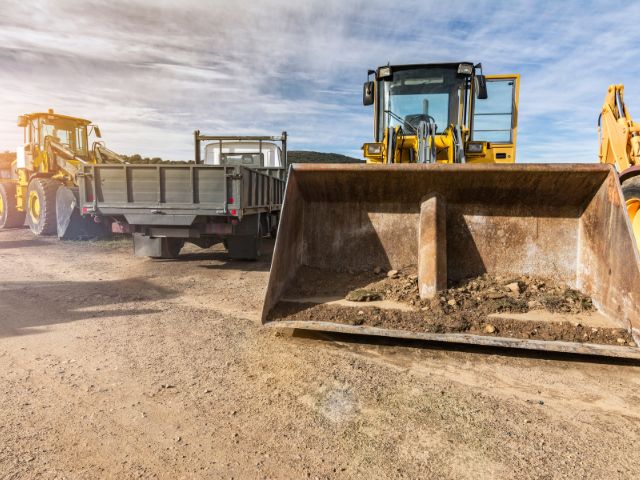
Automated welding systems represent a significant technological advancement in the manufacturing industry, offering high precision, efficiency, and repeatability. These systems, which range from basic programmable equipment to advanced robots, have drastically altered the landscape of production by optimizing processes that once heavily relied on the skill of manual welders.
Let’s look at the pros and cons of automated welding systems and how they have impacted the industry.
Here are the advantages of automated welding systems.
One of the main advantages of automated welding systems is their ability to increase productivity and efficiency significantly. These systems can work around the clock without needing breaks or rest, resulting in higher production rates and reduced lead times. This step allows manufacturers to meet tight deadlines and fulfill large orders easily.
Automated welding systems are also known for their consistent and high-quality output. Unlike manual processes that human error or fatigue can affect, these systems follow programmed instructions precisely, resulting in welds with uniform thickness, penetration, and appearance. These instructions ensure the products’ structural integrity and reduce the need for costly repairs or rework.
Manual welding processes are not only physically demanding but can also be dangerous for workers. Automated welding systems eliminate the need for human operators to be near high heat, toxic fumes, and hazardous materials, greatly reducing the risk of workplace injuries or accidents.
While automated welding systems may require a significant initial investment, they can ultimately save manufacturers money in the long run. These systems eliminate the need for skilled welders, who are becoming increasingly hard to find and expensive to hire, resulting in reduced labor costs. Additionally, their consistent and high-quality output reduces material waste and minimizes the need for rework, resulting in overall cost savings.
The following are the disadvantages of automated welding systems.
As mentioned earlier, automated welding systems require a significant initial investment. Manufacturers must purchase the equipment and invest in training and maintenance to ensure their proper functioning. This purchase can be a barrier for smaller businesses with limited budgets.
Automated welding systems are programmed for specific tasks and cannot easily adapt to changes in production needs. This lack of flexibility may limit manufacturers’ ability to diversify their product offerings or quickly adjust to market demand.
While there are cons to consider, the overall pros of automated welding systems far outweigh the potential drawbacks. Understanding the top benefits of pipe welding automation and its impact on the industry is crucial for manufacturers looking to stay competitive in today’s fast-paced market. We can only expect these systems to become even more efficient and versatile as technology advances, further revolutionizing the welding industry.
24World Media does not take any responsibility of the information you see on this page. The content this page contains is from independent third-party content provider. If you have any concerns regarding the content, please free to write us here: contact@24worldmedia.com
Latest Posts

Exploring the Biggest Names in Heavy Equipment Suppliers

How To Keep Your Night-Shift Employees Safe

Wedding Budget: How To Create and Stick to One

St. Mary’s Hooks chooses his next chapter

Athlete of the Week – Oluchi Okananwa

English’s Ly, McHale receive scholar-athlete honors

Letters to the editor: Seriously?

Editorial: Greenport is bellwether for regional issues

Blotter: 100 mph motorcycle ride, unlawful fleeing the police

Today’s page 1 3-23-2024 – Itemlive

Suspect in Lynn Pizza Hut shooting arrested in Florida

Jim Tobin receives NEPGA Youth Player Development Award